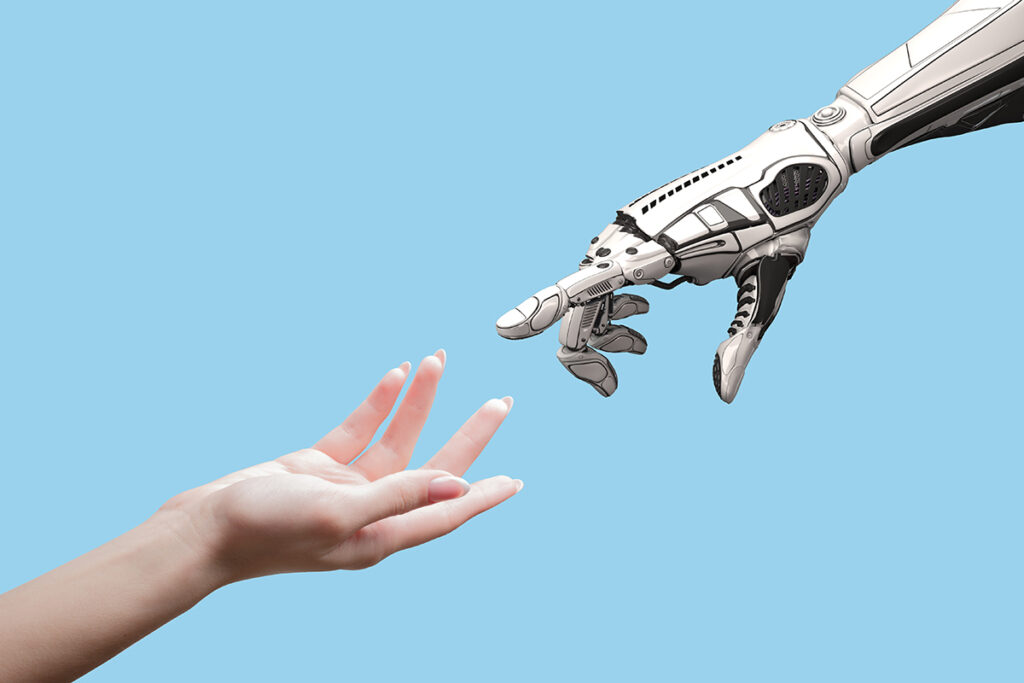A groundbreaking development in biohybrid robotics has introduced a robotic hand powered by lab-grown muscle tissue, capable of playing Rock, Paper, Scissors. This innovation marks a significant step toward more lifelike and functional prosthetic limbs, with broader implications for robotics and medical research.
A Larger and More Advanced Biohybrid Hand
Unlike most biohybrid robotic devices, which typically measure around 1 centimeter (0.4 inches) in size, this new hand is 18 centimeters (7 inches) long—far larger than previous designs. Built on a 3D-printed plastic base, it features tendon-like structures composed of human muscle tissue, allowing it to move more naturally.
A key breakthrough in its development is the use of Multiple Muscle Tissue Actuators (MuMuTAs). These actuators are made by growing thin strands of muscle tissue in a culture medium before rolling them into bundles that function as tendons. The MuMuTAs provide the necessary contractile force and length to power the robotic hand, making its movement more refined and controlled.
Mimicking Human Motion with Precision
The ability of the biohybrid hand to form a scissor gesture represents a major advancement in robotic prosthetics. Previous biohybrid devices struggled to generate enough force and flexibility to replicate complex human motions. This innovation brings researchers one step closer to developing prosthetic limbs that not only function like human hands but also appear more lifelike.
While the robotic hand remains confined to a laboratory setting, its unique muscle-driven mechanism could pave the way for future prosthetic devices that integrate biological components, offering a more natural and effective solution for individuals who require artificial limbs.
Beyond Prosthetics: The Future of Biohybrid Robotics
The implications of this biohybrid technology extend beyond prosthetic limbs. Lab-grown muscle tissue could be used to improve drug testing by providing a more accurate model for studying how different substances interact with human muscles. Additionally, this advancement brings the field closer to developing entire biohybrid robotic systems capable of more complex and realistic movements.
Scaling up biohybrid robotics has been a challenge, but the introduction of MuMuTAs marks a crucial milestone in overcoming these limitations. As the technology progresses, it has the potential to revolutionize not just prosthetics but also medical research, muscle tissue studies, and even surgical procedure testing.
Although biohybrid robotics is still in its early stages, ongoing advancements in muscle-driven actuators and biological integration are steadily pushing the field forward. With continued research and refinement, biohybrid robots may soon become a key tool in both medicine and engineering, offering new possibilities for human-machine interaction.


